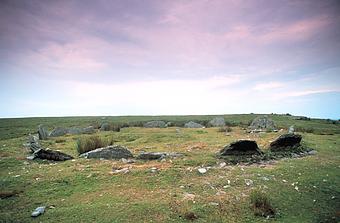|
|
|||||||||
|
||||||||||
|
References: 1). http://www.themodernantiquarian.com/site/100/carn_llechart.html 2). http://www.walesonline.co.uk/news/wales-news/content_objectid=13938033_method=full_siteid=50082
|
||||||||||
|
About Us | Homepage | A-Z Site Index | Gift Shop | Contact-Us |
||||||||||


